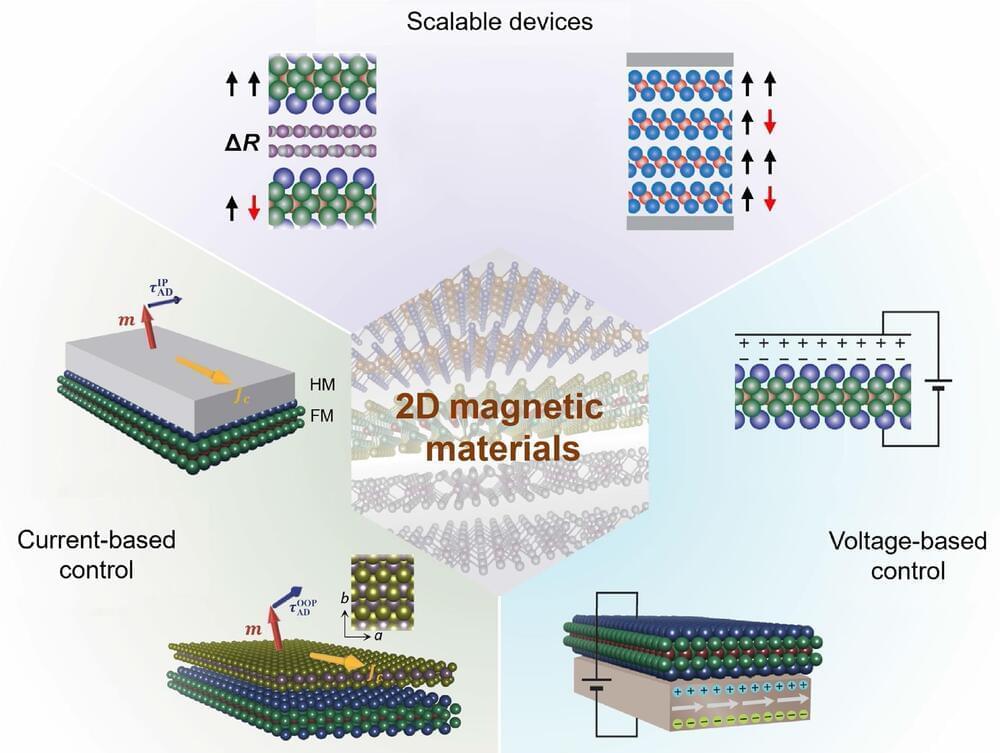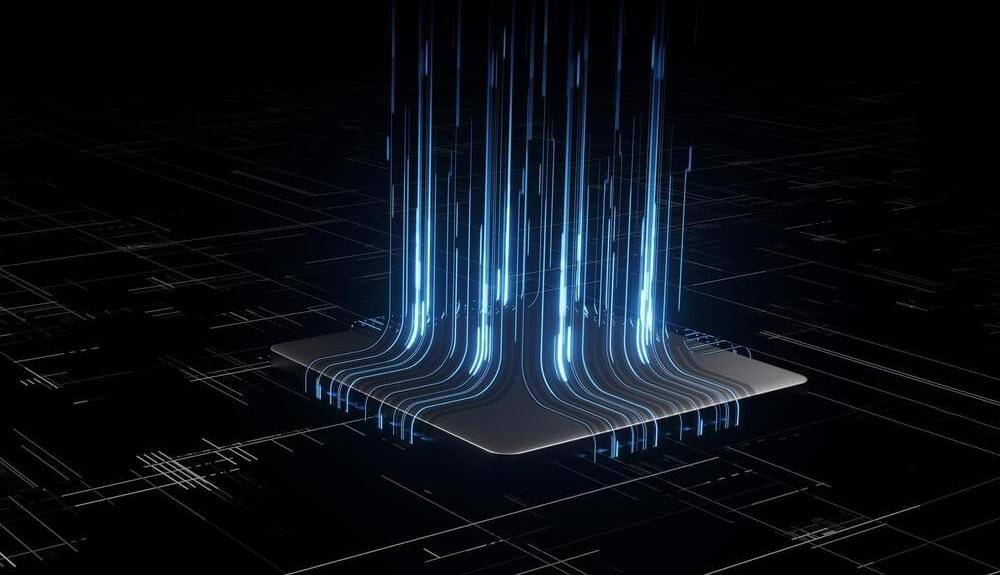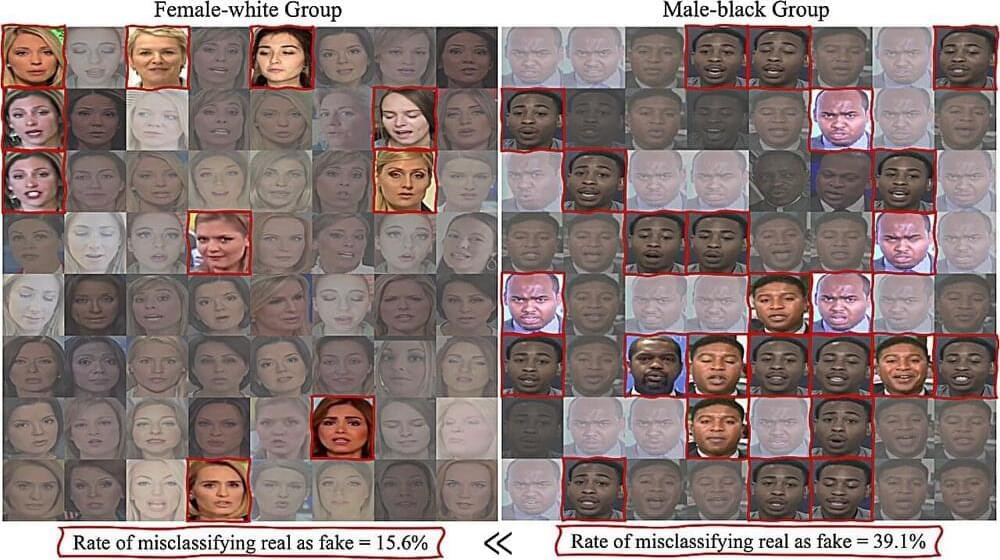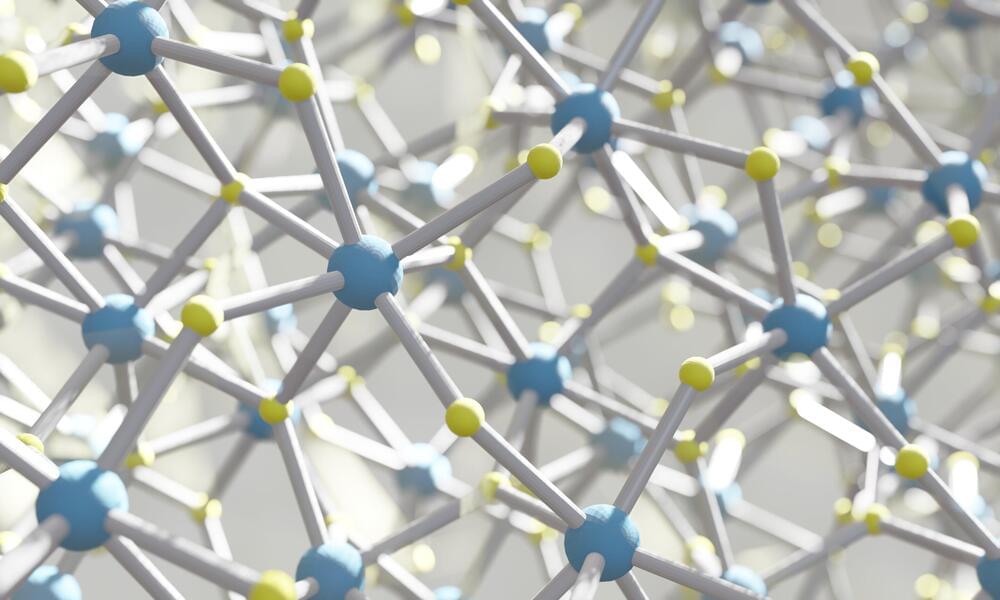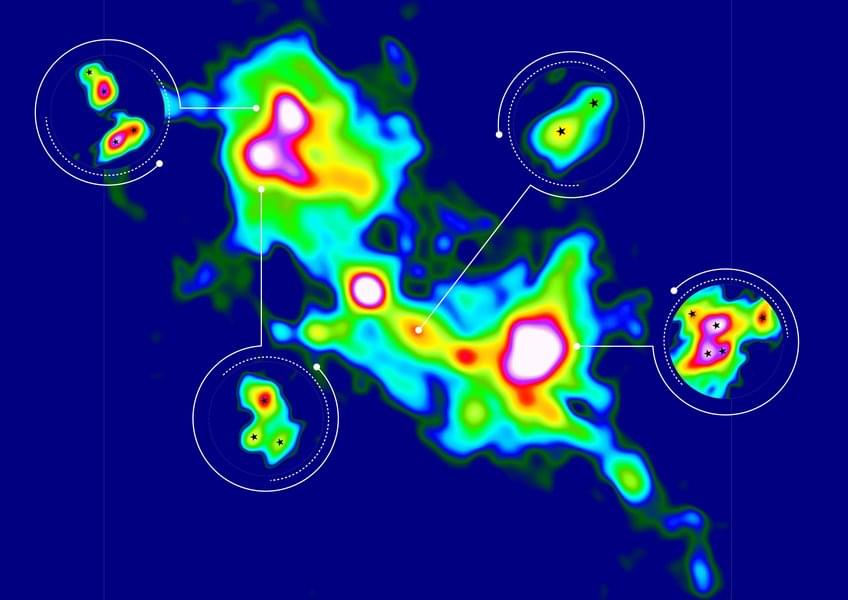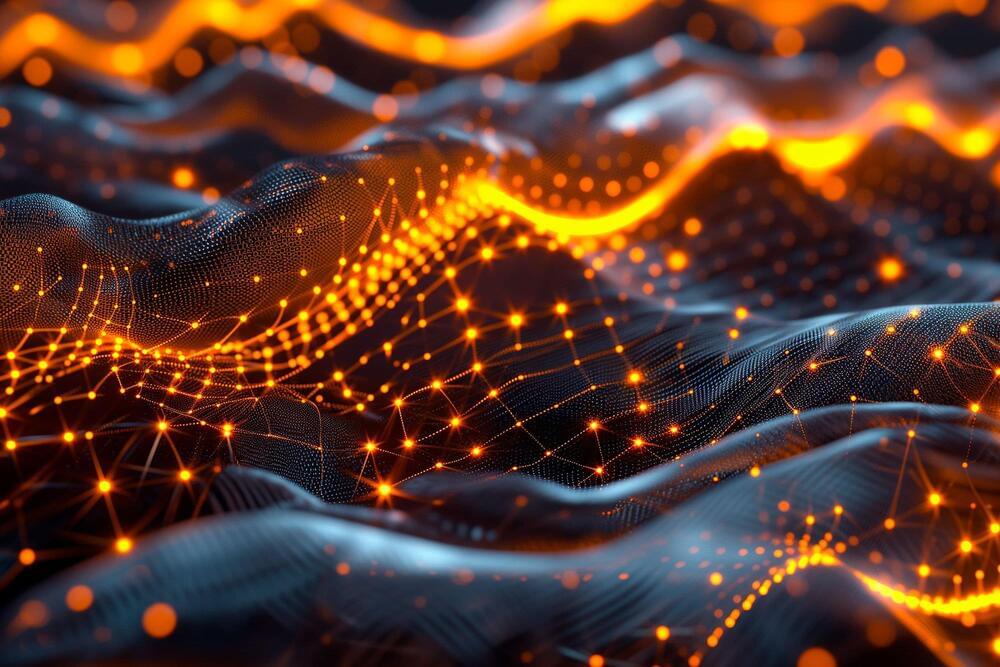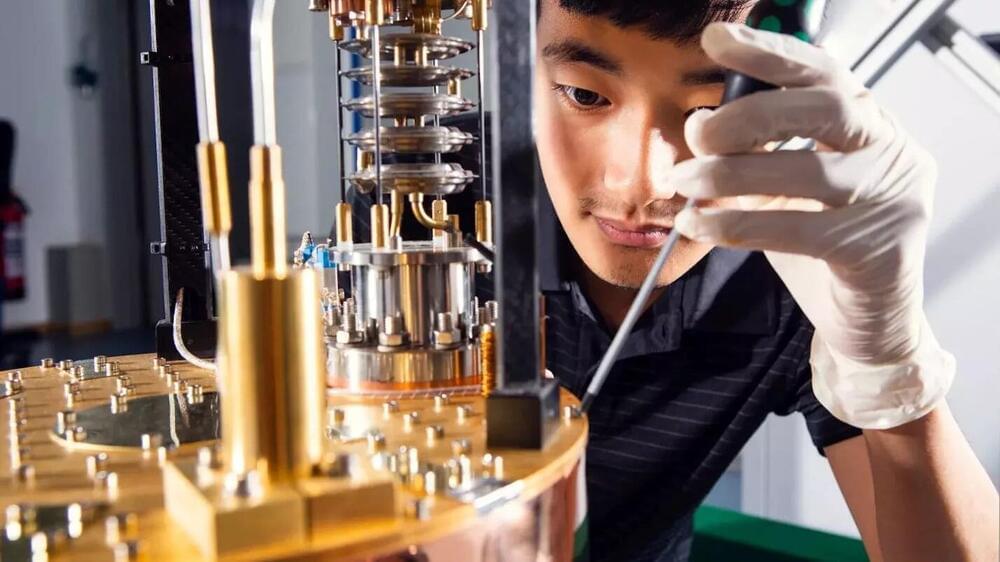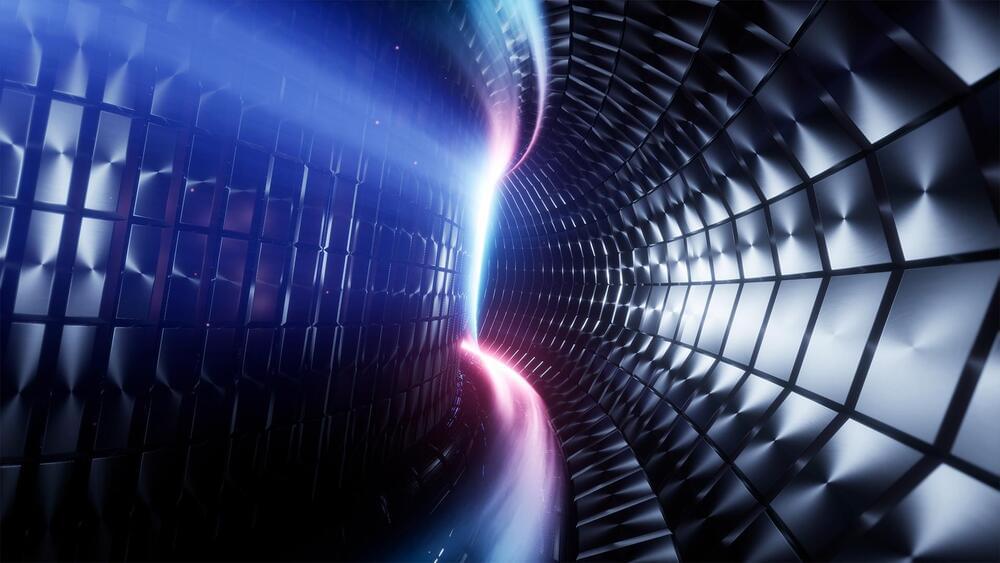Jan 28, 2024
AWS to create two new data centers in Mississippi with $10 billion investment
Posted by Gemechu Taye in categories: computing, employment, sustainability
“It’s the single largest capital investment that has ever been made in the state of Mississippi – by a lot.”
On Thursday, 25th January, Amazon Web Services (AWS) announced plans for a monumental $10 billion investment in Mississippi— the single largest capital investment in the state’s history.
Amazon Web Services invests $10 billion in Mississippi, building two data centers, creating jobs, and fostering community development and sustainability.
Continue reading “AWS to create two new data centers in Mississippi with $10 billion investment” »

